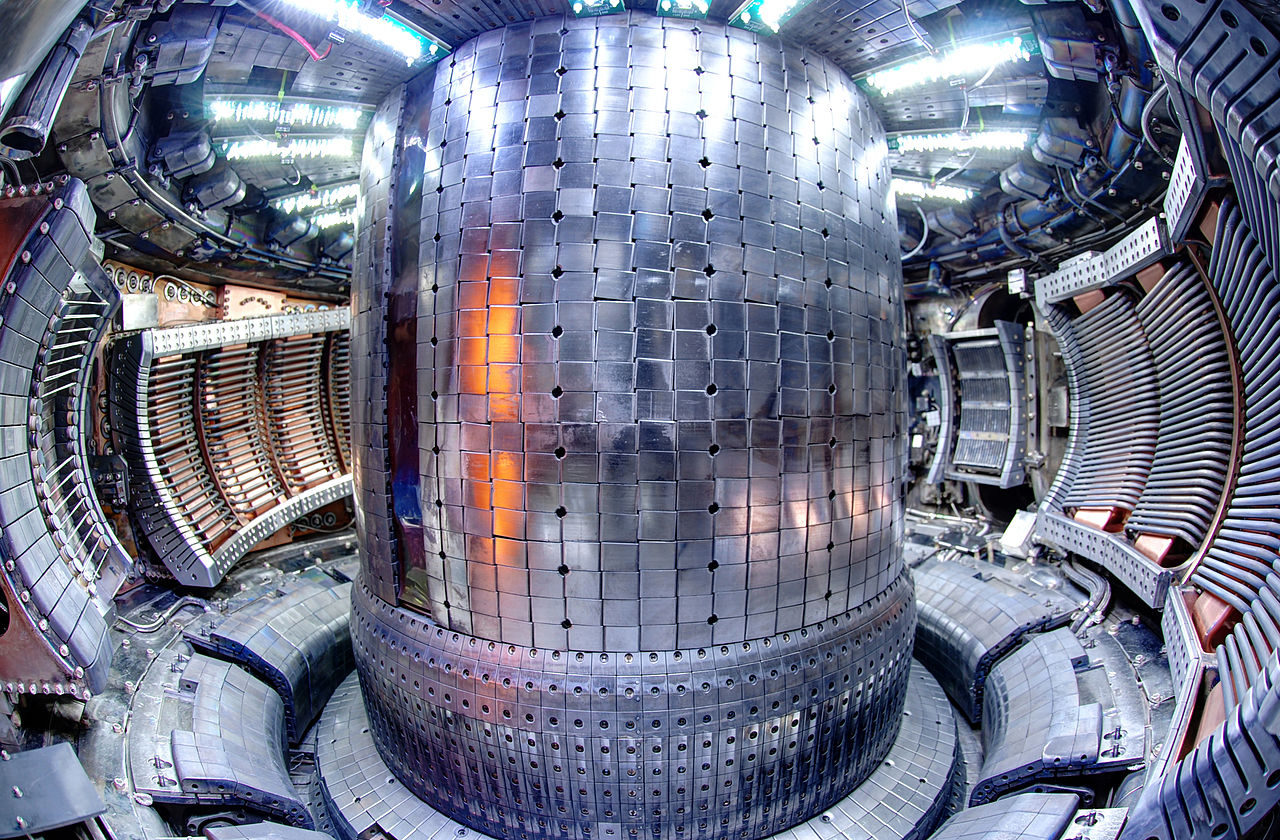Spherical Tokamak

Written by Tim Lash, Focus Fusion Society Contributor.
The ITER project in France garners lots of press coverage. Another fusion effort is taking place in England using similar project phases but different design approaches. A UK company called Tokamak Energy is using a spherical tokamak design to achieve net gain fusion power. Like ITER, they are planning for a similar development path. Both projects have built proof of concept devices and each is planing a fusion power demonstrator.
Tokamak Energy believes a spherical fusion device can achieve net power generation more cheaply than conventional toroidal designs. The ITER device will follow a toroidal design. This reactor shape is often compared to a doughnut. A spherical tokamak shrinks the doughnut hole until it more closely resembles a cored apple. The shape of the generated plasma then becomes more spherical. The company is currently testing a reactor called ST40. This device achieved first plasma in the spring of 2017. Plans call for testing in 2018 with the goal of reaching plasma temperatures of 100 million degrees. Comparatively, the LPPFusion group has achieved plasma temperatures 40 times higher at four billion degrees. Once reaching this 100 million degree temperature threshold, ST40 research would shift to increasing plasma density. With sufficient temperature and density, a fusion power demonstrator would be constructed.
The ITER reactor is the fusion power demonstrator for research teams in the toroidal tokamak camp. Tokamak Energy announced in September that it engaged design, engineering and project management firm Atkins Global to help establish the costs, concept design and timeline for a fusion power demonstrator. This work would leverage results obtained from the ST40 device currently under testing. The partnership hopes to achieve “first electricity” from their demonstrator by 2025.